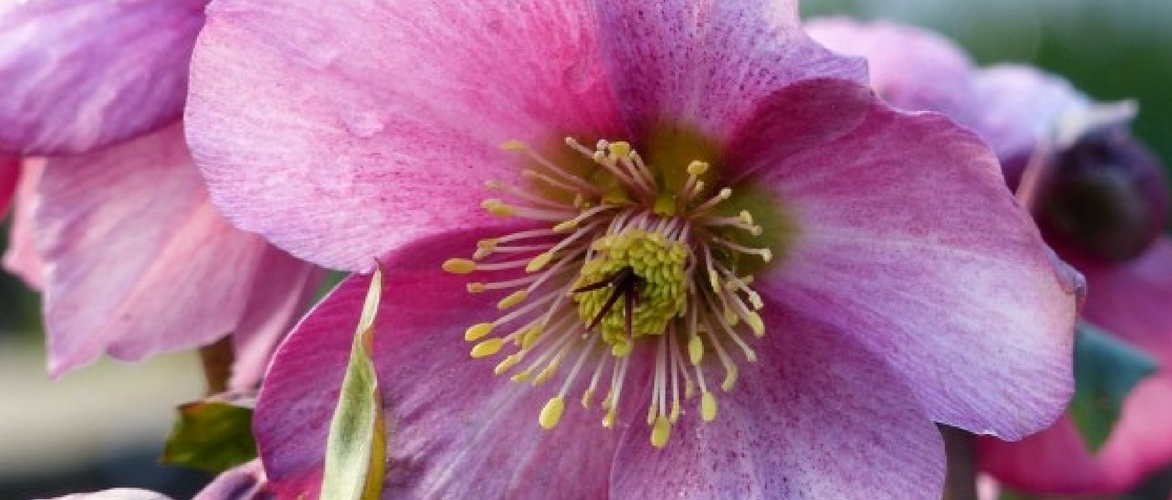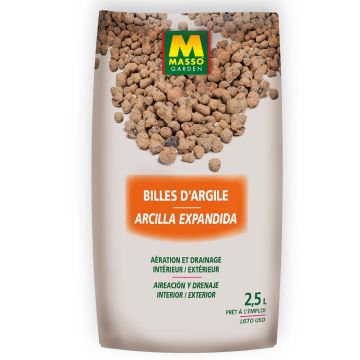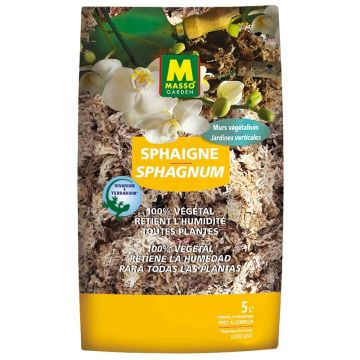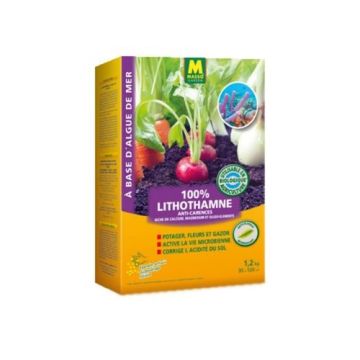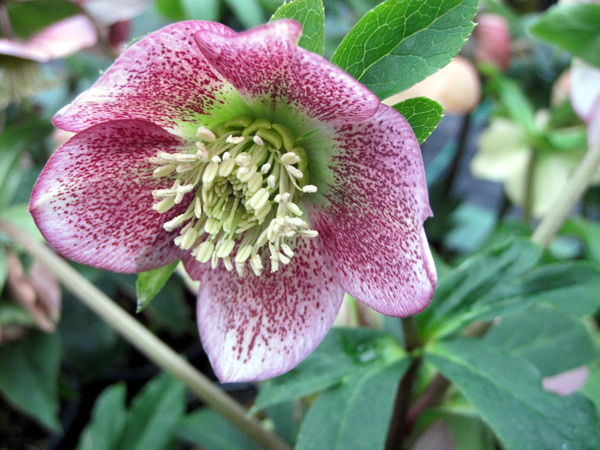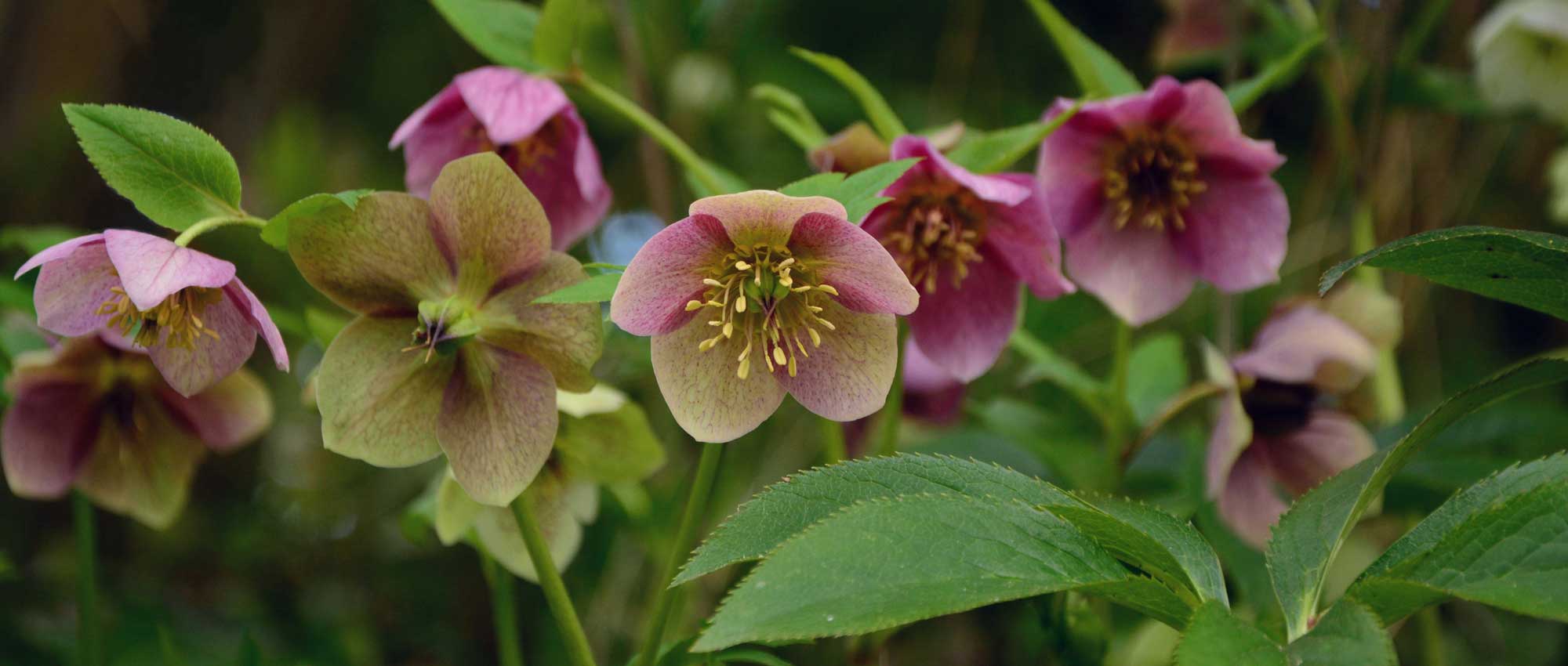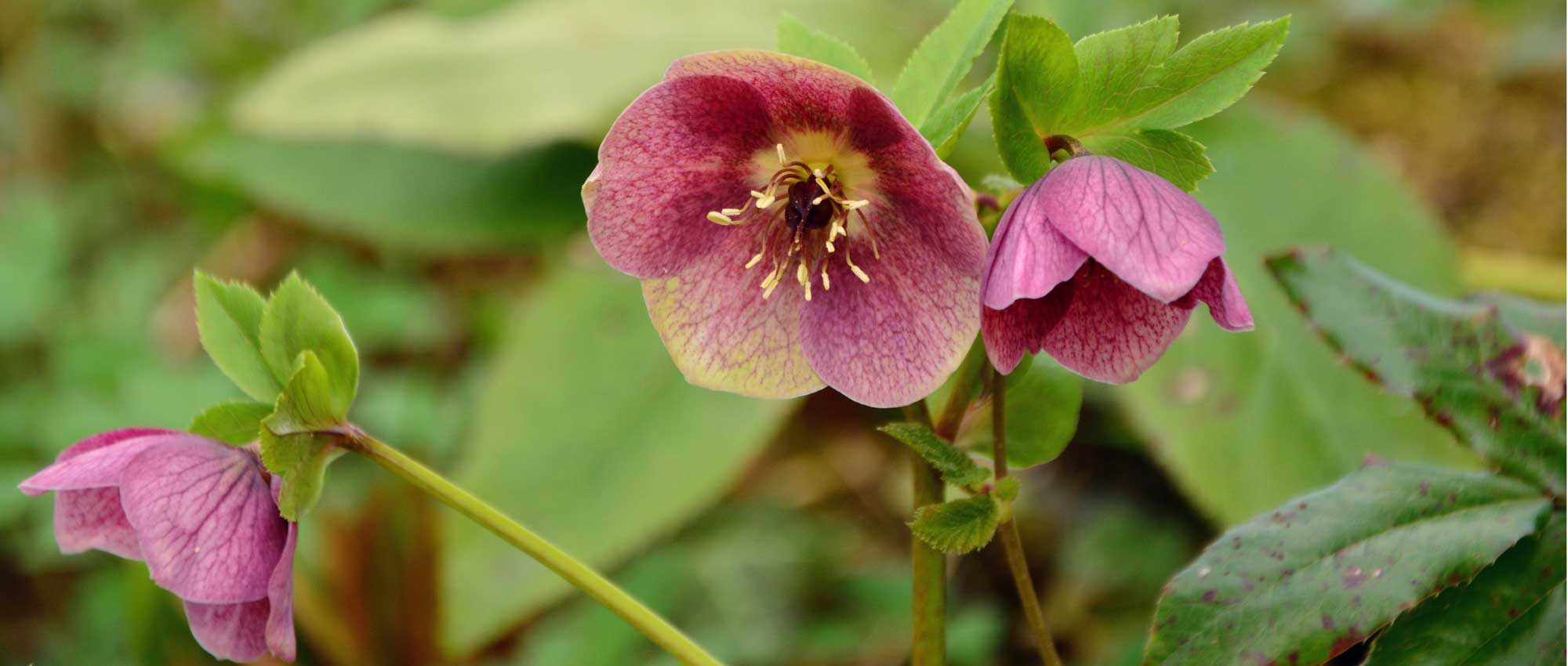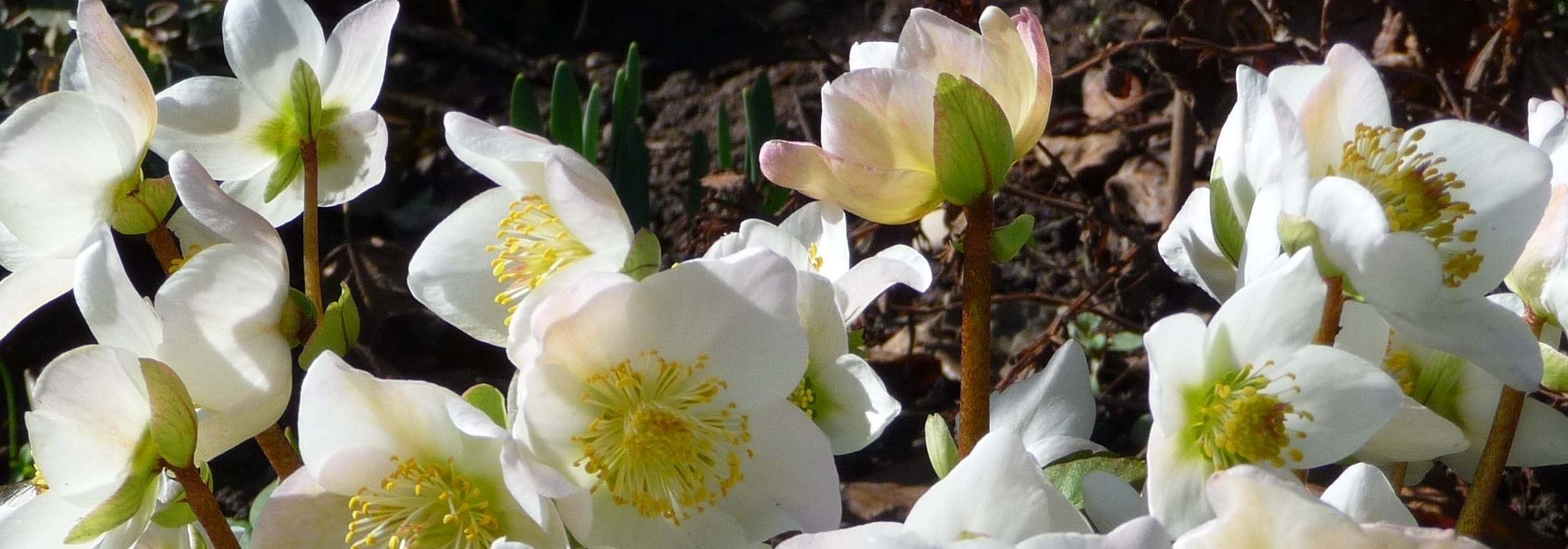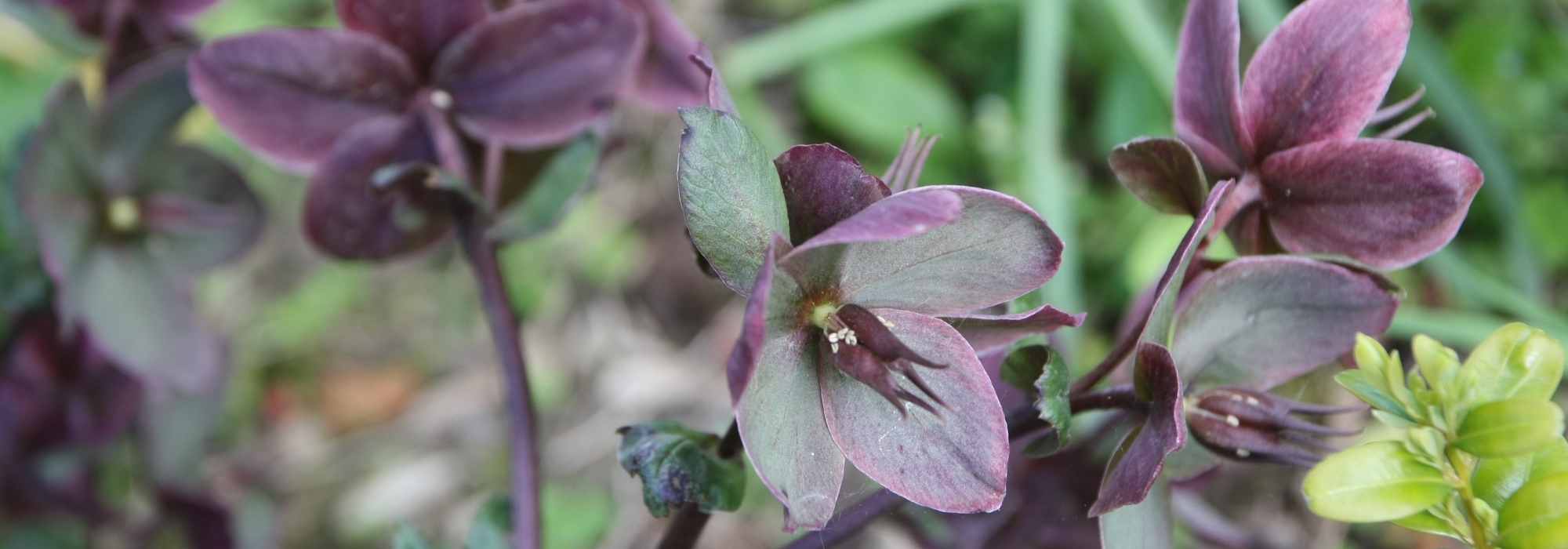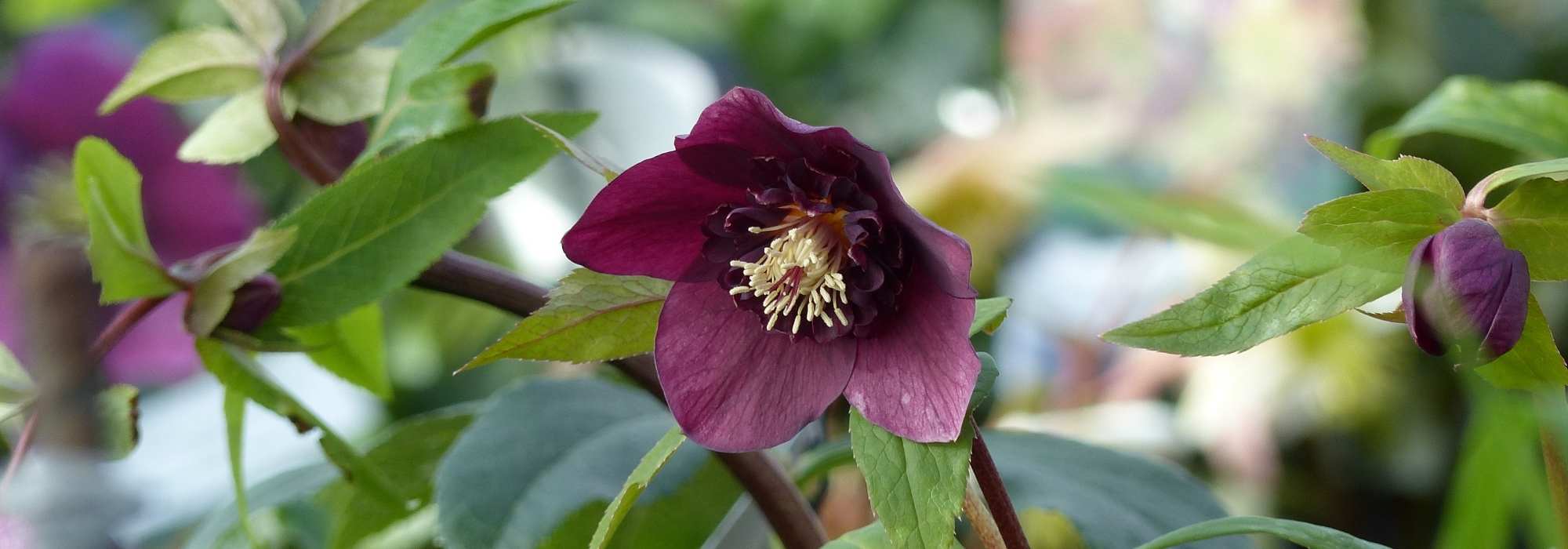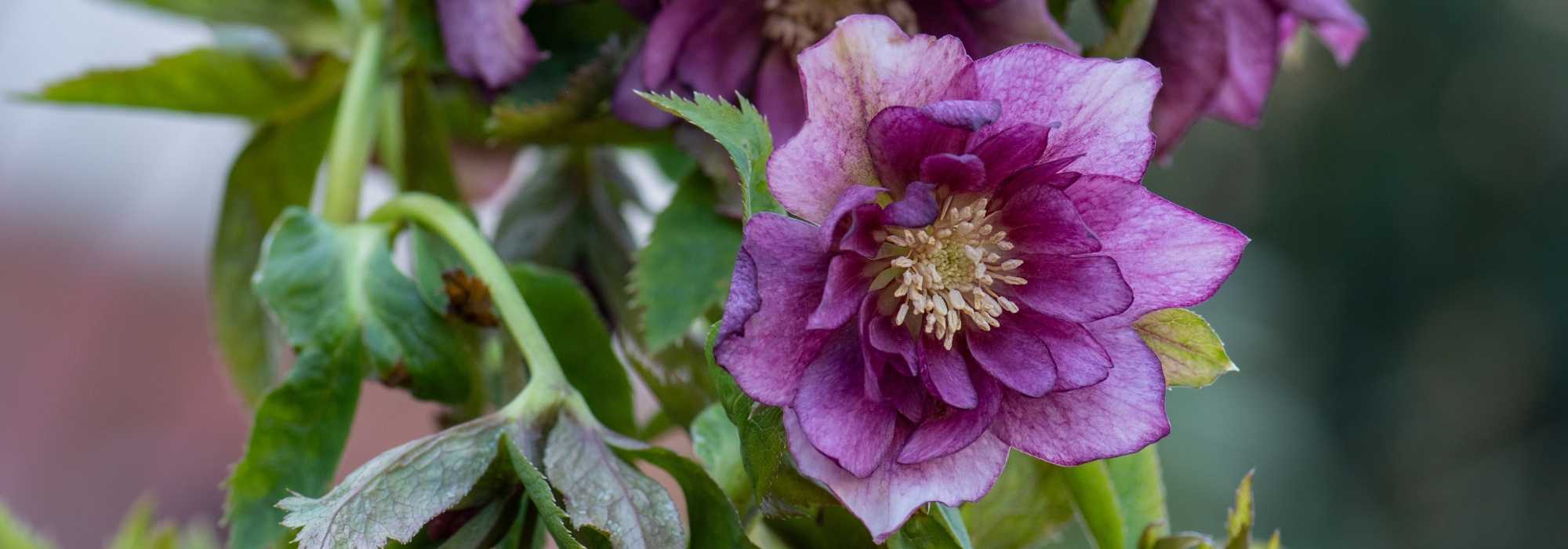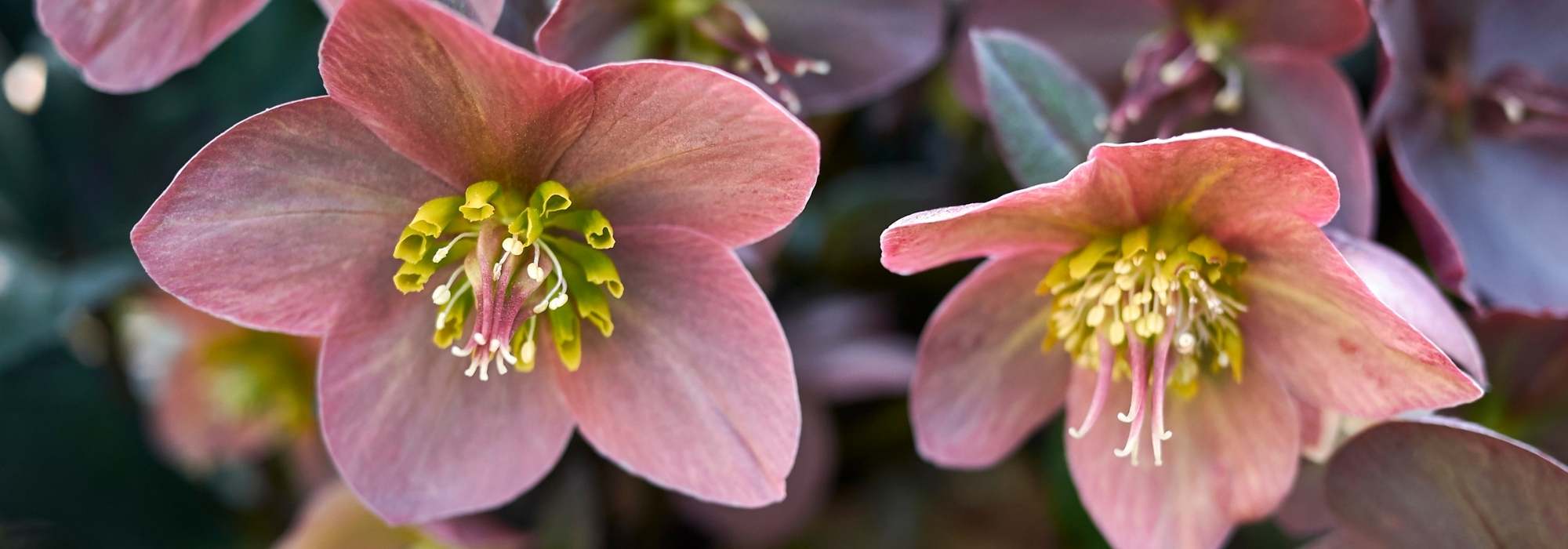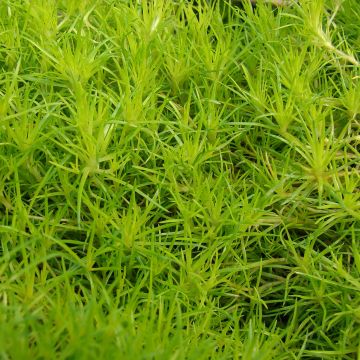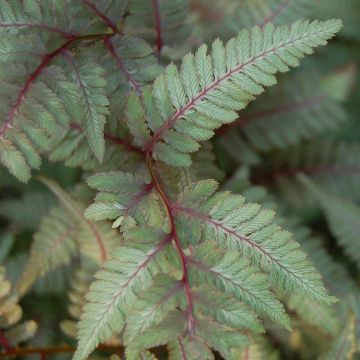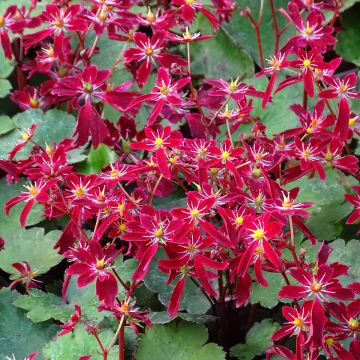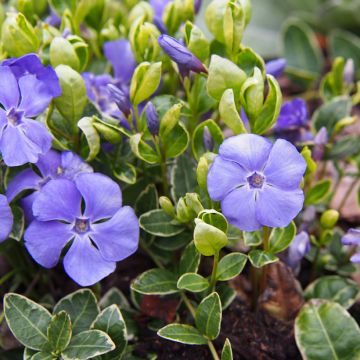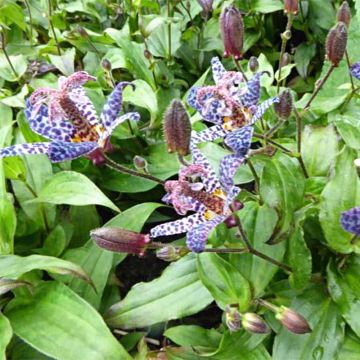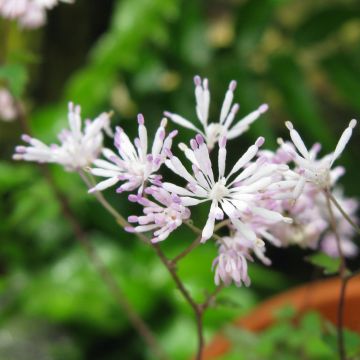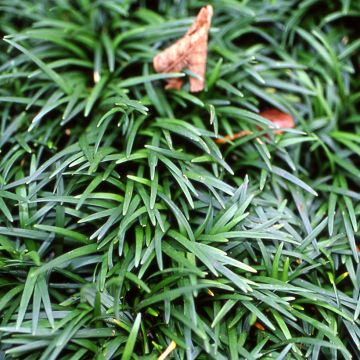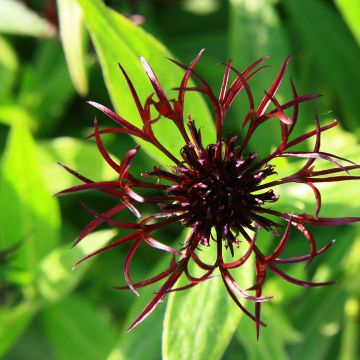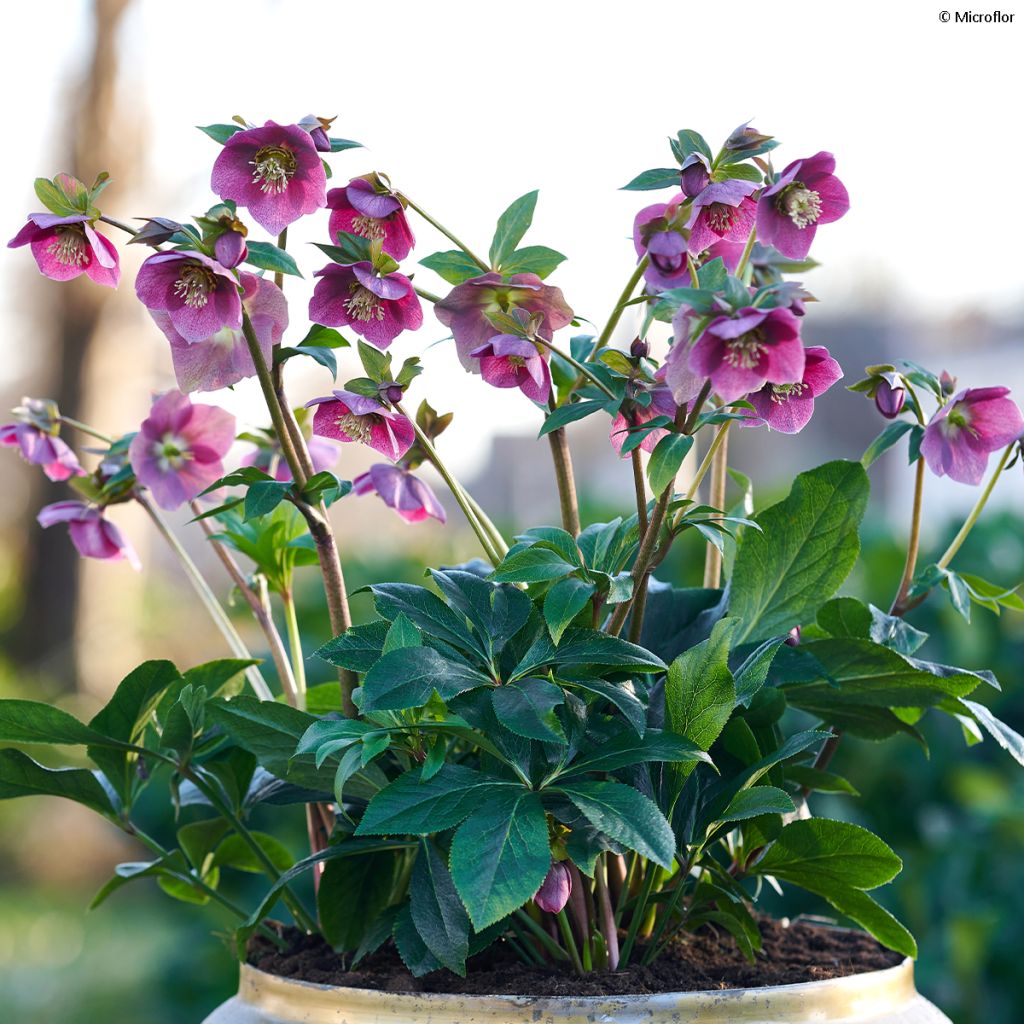

Hellébore ViV Carlotta - Helleborus orientalis
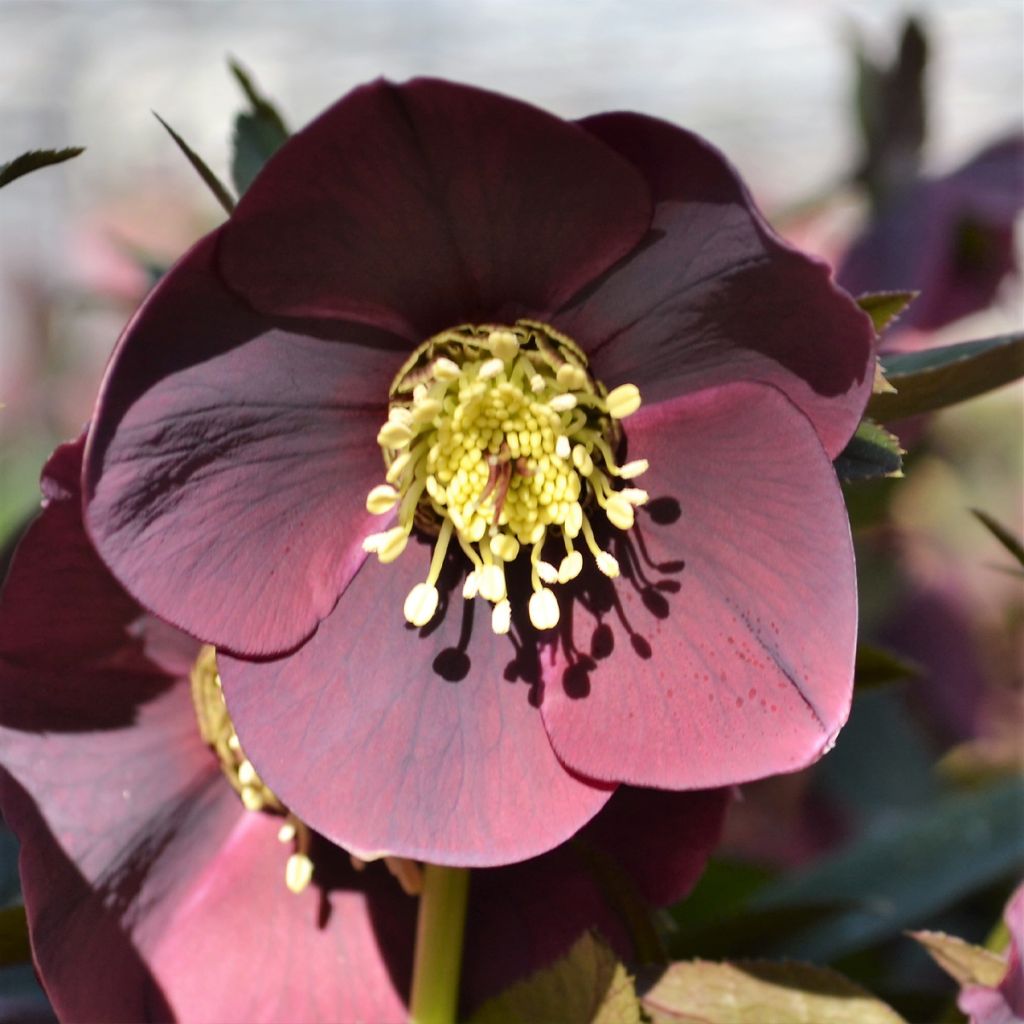

Hellébore ViV Carlotta - Helleborus orientalis
Helleborus hybridus ViV Carlotta
Helleborus x hybridus ViV Carlotta
Lenten Rose, Oriental Hellebore
Carlotta" lives up to its promises in terms of flowers; the first bloom is absolutely stunning! We decided to put it in a pot in front of the entrance (following your clever advice) so that we can enjoy it during the winter. We are DELIGHTED with this slightly expensive purchase, but when you love something... I had planned to take a photo, but the website doesn't allow me to do so. Iris.
iris, 11/02/2024
Special offer!
Receive a €20 voucher for any order over €90 (excluding delivery costs, credit notes, and plastic-free options)!
1- Add your favorite plants to your cart.
2- Once you have reached €90, confirm your order (you can even choose the delivery date!).
3- As soon as your order is shipped, you will receive an email containing your voucher code, valid for 3 months (90 days).
Your voucher is unique and can only be used once, for any order with a minimum value of €20, excluding delivery costs.
Can be combined with other current offers, non-divisible and non-refundable.
Home or relay delivery (depending on size and destination)
Schedule delivery date,
and select date in basket
This plant carries a 12 months recovery warranty
More information
We guarantee the quality of our plants for a full growing cycle, and will replace at our expense any plant that fails to recover under normal climatic and planting conditions.

Would this plant suit my garden?
Set up your Plantfit profile →
Description
Carlotta is a variety of Oriental Hellebore with a compact habit and beautiful winter flowering in a lovely shade of red. Blooming in January and lasting for several weeks, this Lenten Rose produces single flowers with a yellow stamen centre. These flowers have a slightly angular and geometric shape, complementing the dark green, deeply cut foliage below them. The flowers are held on long stems above the foliage. This evergreen perennial forms a dense clump about forty centimetres in all directions. It can be grown in containers as well as in the garden. It prefers a shaded position and neutral to alkaline soil but can tolerate some acidity. It is hardy enough to be planted in almost all regions.
Hellebore Carlotta belongs to the Ranunculaceae family, which includes about sixty genera and around 2500 species. Many of them are poisonous, containing substances which are toxic if ingested - a natural defence mechanism to prevent herbivores from grazing on them. Despite this, these plants are valuable additions to the garden, as many genera have remarkable ornamental qualities, such as Anemones, Buttercups, Trollius, Aconites, and many others, not to mention Clematis. The species Helleborus orientalis is native to Greece, Turkey, and the central and eastern Caucasus. It is a perennial plant that hybridizes easily with other species, producing hybrids with varied colours and forms through random seedlings. As a result, these hybrids are rarely given variety names and are distinguished by their shape and colour characteristics. Hybrid Hellebores are hardy plants that can withstand temperatures as low as -15°C (5°F), naturally growing in forests, thickets, and clearings up to 2,000 m (7ft) altitude.
Carlotta is a variety introduced by a Belgian company specializing in the selection and in vitro propagation of Hellebores. This method ensures perfect genetic transmission and stability of the varieties, which are all identified by their names. Carlotta is part of a large collection of hybrids selected for their compact habit and abundant flowering. This variety forms a clump about 40 cm (16in) tall and wide, making it particularly suitable for container cultivation. On your balcony or terrace, this beautiful potted plant will provide you with a stunning winter display. The leaves are evergreen in winter, they only live for 8 months and are regularly replaced by new leaves. Their sculptural shape is particularly decorative throughout the year.
Carlotta blooms in the heart of winter, from the first days of the year for many weeks. The five overlapping petals that make up the corolla have slightly pointed tips, giving the flower a regular geometric shape. Similar to Teodora, Carlotta displays deep red corollas with a wide open shape, surrounding a yellow stamen centre, creating a strong contrast and enhancing the aesthetic appeal of this variety. These solitary flowers are held on long stems, allowing them to stand out above the dark foliage, which serves as a backdrop. Like most Hellebore varieties, these corollas are arranged vertically or slightly inclined downward, allowing water to slide off like an umbrella, preventing water accumulation in the centre which could lead to rotting. Hellebores do not like to be moved once established, and young shoots may take some time to flower. Therefore, choose their location carefully.
This perennial adapts to neutral to moderately alkaline (chalky) soils and can tolerate slightly acidic soils. It prefers fertile soil that retains some moisture, although an established plant can tolerate dry conditions. Make sure the soil is well-drained, as Hellebores do not tolerate excessive water in winter. It thrives under leafy trees that allow winter sunlight to filter through but protect it from the intense summer sun. With its compact habit, wider than tall, it makes a stunning potted plant to decorate a balcony or terrace.
You will appreciate this Lenten Rose for its beautiful bright red flowers in the heart of winter. The vast group of Hellebores includes species and varieties that allow shaded beds to bloom from late summer to early spring. To diversify your plantings, you can plant them with other plants that flower during this less favourable period, such as some autumn Asters that tolerate partial shade, like Aster ericoides Esther, which will reward you with a multitude of small daisies from September to November. Winter Aconite (Eranthis hyemalis), also a member of the Ranunculaceae family like Carlotta, will enchant you with its bright yellow flowers as early as February, while the numerous varieties of Bergenia will take over until spring with their colourful flower spikes. Don't forget about decorative foliage and bark to enliven your beds in winter.
Helleborus hybridus ViV Carlotta in pictures
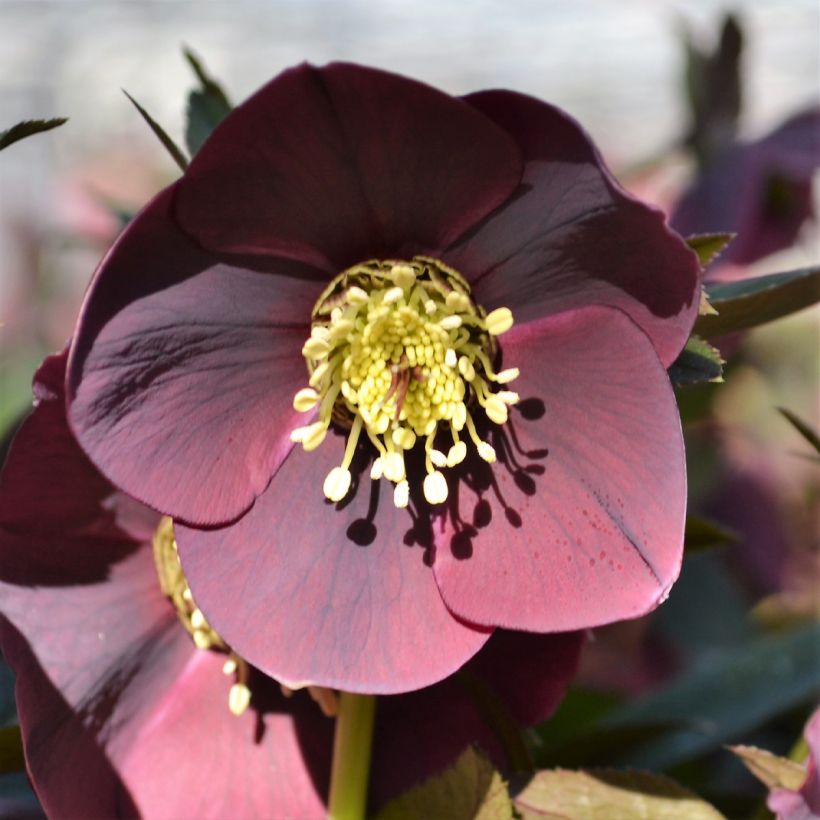

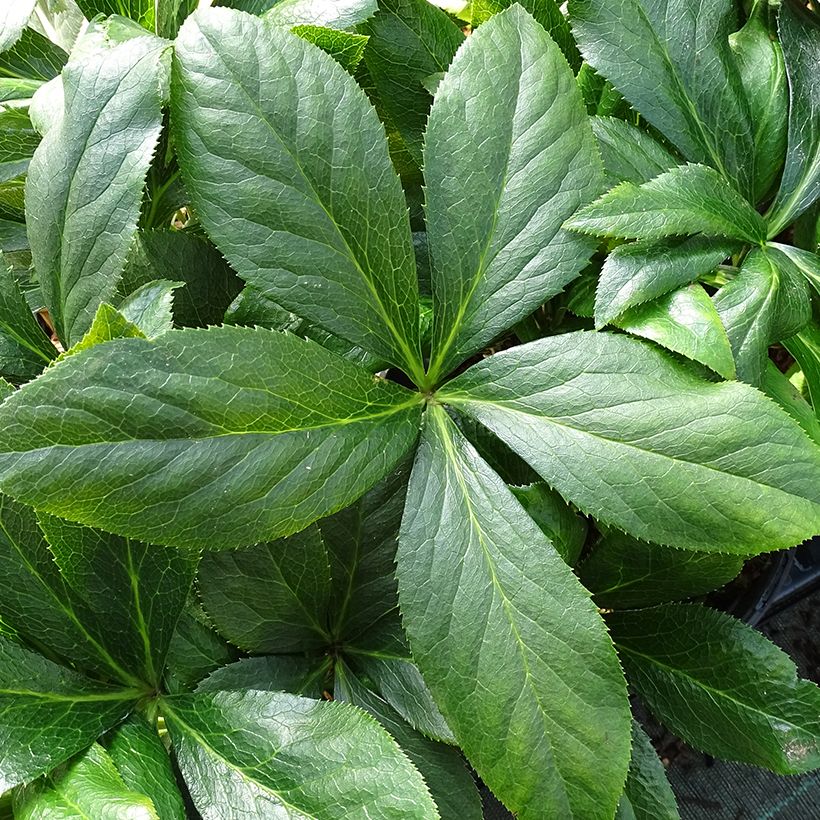

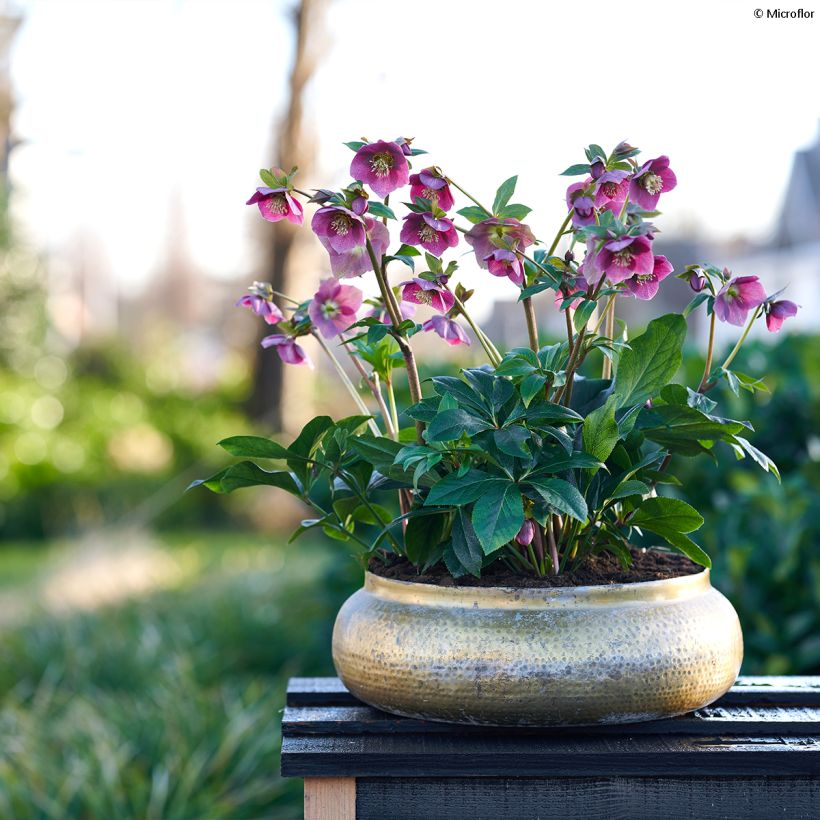

Flowering
Foliage
Plant habit
Safety measures
Botanical data
Helleborus
x hybridus
ViV Carlotta
Ranunculaceae
Lenten Rose, Oriental Hellebore
Cultivar or hybrid
ingestion
Cette plante est toxique si elle est ingérée volontairement ou involontairement.
Ne la plantez pas là où de jeunes enfants peuvent évoluer, et lavez-vous les mains après l'avoir manipulée.
Pensez à conserver l'étiquette de la plante, à la photographier ou à noter son nom, afin de faciliter le travail des professionnels de santé.
Davantage d'informations sur https://plantes-risque.info
Planting and care
Oriental Hellebore Carlotta grows in any neutral to moderately chalky soil, even slightly acidic, rich, light or clayey, in partial or light shade, sheltered from cold winds. Care should be taken to avoid direct sun during the hottest hours by choosing a shaded (partially shaded in the north) exposure. This perennial can be planted from early autumn to spring. It thrives in deeply worked soil mixed with organic matter. Feed it with bone meal or another organic fertilizer. Water the plants well and add a layer of mulch 2 to 5 cm (1 to 2in) thick. Regularly remove faded leaves to improve flowering. Ensure a planting distance of 30 to 40 cm (12 to 16in) between each plant to promote their development. The Hellebore does not tolerate stagnant water, as it may rot.
The crowns should not completely dry out in summer. Hellebores can be affected by a fungal disease transmitted by aphids, known as black spot. Remove any stained leaves when the flower buds appear. Remove faded flowers after seeding. They can also suffer from grey rot or die from collar rot due to poor growing conditions, in excessively wet situations.
You can also plant this perennial in a pot on a balcony or terrace, as its compact habit suits it well. However, choose a sufficiently large pot for its root system to develop properly. This hardy Hellebore can withstand temperatures down to -15°C (5°F) or even lower, allowing it to adapt practically anywhere.
Planting period
Intended location
Care
Planting & care advice
-
, onOrder confirmed
Reply from on Promesse de fleurs
Similar products
Haven't found what you were looking for?
Hardiness is the lowest winter temperature a plant can endure without suffering serious damage or even dying. However, hardiness is affected by location (a sheltered area, such as a patio), protection (winter cover) and soil type (hardiness is improved by well-drained soil).

Photo Sharing Terms & Conditions
In order to encourage gardeners to interact and share their experiences, Promesse de fleurs offers various media enabling content to be uploaded onto its Site - in particular via the ‘Photo sharing’ module.
The User agrees to refrain from:
- Posting any content that is illegal, prejudicial, insulting, racist, inciteful to hatred, revisionist, contrary to public decency, that infringes on privacy or on the privacy rights of third parties, in particular the publicity rights of persons and goods, intellectual property rights, or the right to privacy.
- Submitting content on behalf of a third party;
- Impersonate the identity of a third party and/or publish any personal information about a third party;
In general, the User undertakes to refrain from any unethical behaviour.
All Content (in particular text, comments, files, images, photos, videos, creative works, etc.), which may be subject to property or intellectual property rights, image or other private rights, shall remain the property of the User, subject to the limited rights granted by the terms of the licence granted by Promesse de fleurs as stated below. Users are at liberty to publish or not to publish such Content on the Site, notably via the ‘Photo Sharing’ facility, and accept that this Content shall be made public and freely accessible, notably on the Internet.
Users further acknowledge, undertake to have ,and guarantee that they hold all necessary rights and permissions to publish such material on the Site, in particular with regard to the legislation in force pertaining to any privacy, property, intellectual property, image, or contractual rights, or rights of any other nature. By publishing such Content on the Site, Users acknowledge accepting full liability as publishers of the Content within the meaning of the law, and grant Promesse de fleurs, free of charge, an inclusive, worldwide licence for the said Content for the entire duration of its publication, including all reproduction, representation, up/downloading, displaying, performing, transmission, and storage rights.
Users also grant permission for their name to be linked to the Content and accept that this link may not always be made available.
By engaging in posting material, Users consent to their Content becoming automatically accessible on the Internet, in particular on other sites and/or blogs and/or web pages of the Promesse de fleurs site, including in particular social pages and the Promesse de fleurs catalogue.
Users may secure the removal of entrusted content free of charge by issuing a simple request via our contact form.
The flowering period indicated on our website applies to countries and regions located in USDA zone 8 (France, the United Kingdom, Ireland, the Netherlands, etc.)
It will vary according to where you live:
- In zones 9 to 10 (Italy, Spain, Greece, etc.), flowering will occur about 2 to 4 weeks earlier.
- In zones 6 to 7 (Germany, Poland, Slovenia, and lower mountainous regions), flowering will be delayed by 2 to 3 weeks.
- In zone 5 (Central Europe, Scandinavia), blooming will be delayed by 3 to 5 weeks.
In temperate climates, pruning of spring-flowering shrubs (forsythia, spireas, etc.) should be done just after flowering.
Pruning of summer-flowering shrubs (Indian Lilac, Perovskia, etc.) can be done in winter or spring.
In cold regions as well as with frost-sensitive plants, avoid pruning too early when severe frosts may still occur.
The planting period indicated on our website applies to countries and regions located in USDA zone 8 (France, United Kingdom, Ireland, Netherlands).
It will vary according to where you live:
- In Mediterranean zones (Marseille, Madrid, Milan, etc.), autumn and winter are the best planting periods.
- In continental zones (Strasbourg, Munich, Vienna, etc.), delay planting by 2 to 3 weeks in spring and bring it forward by 2 to 4 weeks in autumn.
- In mountainous regions (the Alps, Pyrenees, Carpathians, etc.), it is best to plant in late spring (May-June) or late summer (August-September).
The harvesting period indicated on our website applies to countries and regions in USDA zone 8 (France, England, Ireland, the Netherlands).
In colder areas (Scandinavia, Poland, Austria...) fruit and vegetable harvests are likely to be delayed by 3-4 weeks.
In warmer areas (Italy, Spain, Greece, etc.), harvesting will probably take place earlier, depending on weather conditions.
The sowing periods indicated on our website apply to countries and regions within USDA Zone 8 (France, UK, Ireland, Netherlands).
In colder areas (Scandinavia, Poland, Austria...), delay any outdoor sowing by 3-4 weeks, or sow under glass.
In warmer climes (Italy, Spain, Greece, etc.), bring outdoor sowing forward by a few weeks.






























